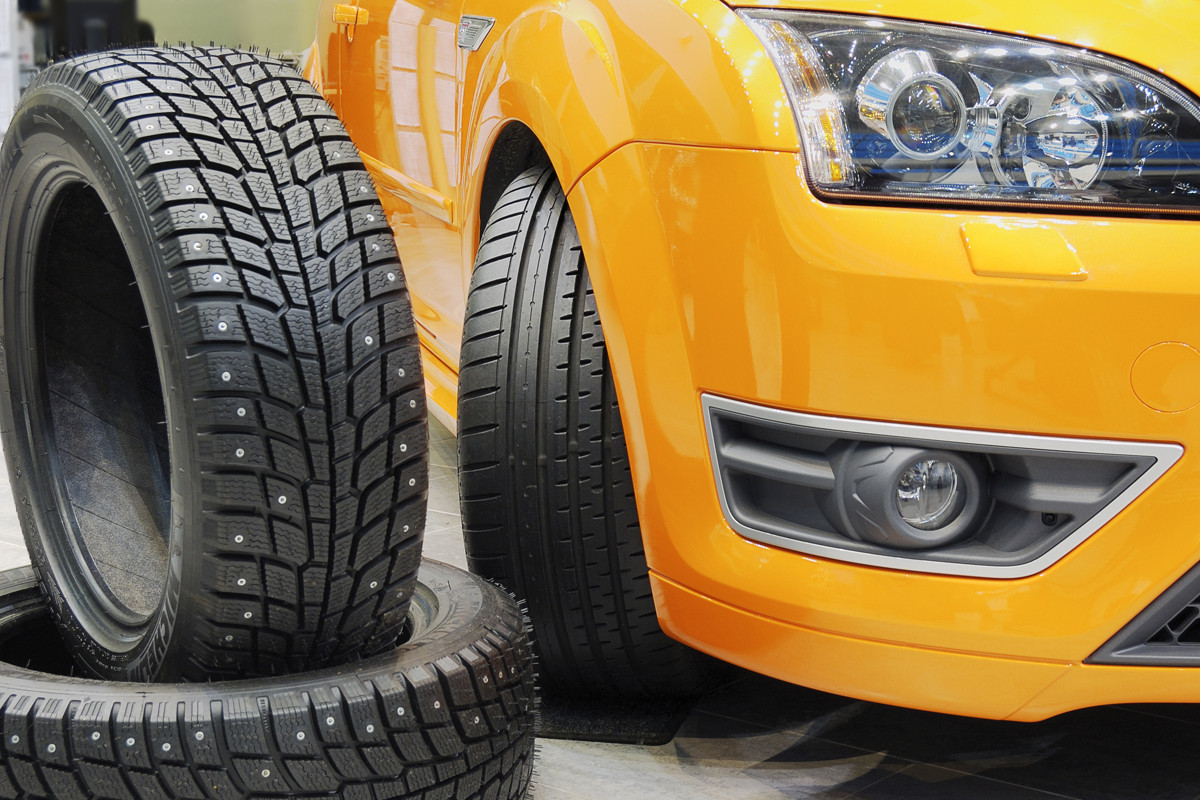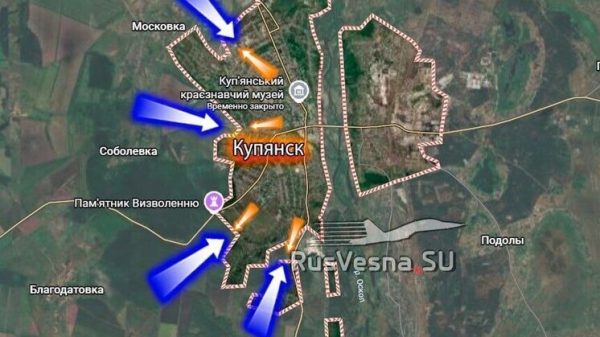
At the beginning of spring, the period of mandatory use of studded tires or Velcro on cars and light trucks whose weight does not exceed 3 ended .5 tons.
At the end of last year, a ban on the use of summer tires in winter came into force: we are talking about the current “list of faults for which the operation of vehicles is prohibited.” According to the document, drivers of passenger cars and light commercial vehicles weighing up to 3.5 tons are prohibited from operating vehicles on summer tires from December 1. This restriction was lifted today, March 1.

During the last calendar winter, that is, in the period from December 1 to February 29, for most drivers in Russia it was mandatory to use winter tires: either studded or so-called “Velcro”, that is, friction-type winter tires that can be used without metal inserts. have grip on slippery surfaces.
“The list of malfunctions for which the operation of the vehicle is prohibited” is an appendix to the current Traffic Rules. Changes to the seasonality norm for automobile tires came into force in 2023. According to Article 12.5 of the Administrative Code, the sanctions are the most “modest” possible: violators face either a fine of 500 rubles or a warning. At the same time, last November, the head of the State Traffic Safety Inspectorate, Mikhail Chernikov, insisted that department employees would not punish drivers who do not comply with “tire seasonality.”
It is worth noting that the calendar spring and autumn are “shift changes” for car owners — there are no official bans on the use of any winter or summer tires at this time. However, from June 1, a ban on the use of studded tires will come into force (the norm does not apply to Velcro), with a similar penalty — a warning or a minimum fine. This seasonal ban is in effect until September 1st. It is believed that studs in the warm season contribute to an increase in the braking mark and premature destruction of the road surface.
Let us remind you that fines for exceeding the average speed may return to the Russian Federation. It became known at the end of last year that the corresponding draft amendments to the traffic rules had been finalized. If the document prepared by the Ministry of Transport is approved, the norm may come into force as early as September 1. Let us remind you that the average speed of a vehicle is planned to be calculated based on the time a motorist spends traveling between two or more traffic cameras located in a certain area.
The initiative was supported by the Ministry of Economy; The department believes that “the currently existing point-by-point control of instantaneous speed does not allow for the elimination of offenses on long sections of roads.” It is worth noting that a similar practice was previously used in a number of Russian regions, but was stopped in 2021: many complaints were disputed and the courts often sided with motorists, since there were no standards required to issue relevant decisions.
Now legislators have decided to introduce these norms after all and return to collecting fines (challenging them, obviously, will be much more difficult). By the way, the amount of penalties for violators has not yet been officially determined; this will require amendments to the Code of the Russian Federation on Administrative Offenses.




















































Свежие комментарии